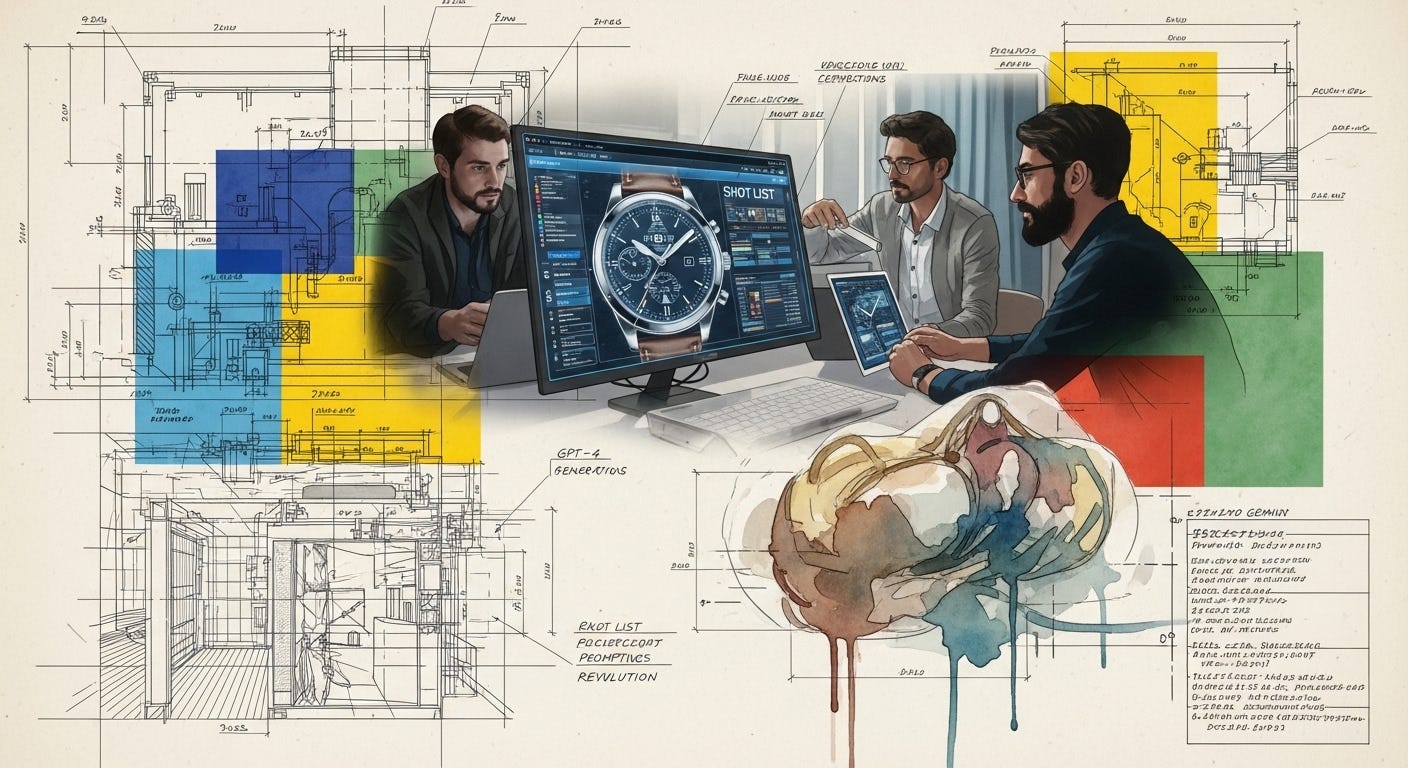Veo 3 Prompts: How to Write AI Video Prompts That Actually Work
The costly mistake 90% of teams make with Veo 3 ad prompts, and how to master the new language of AI filmmaking.
The average Veo 3 video generation costs 150 credits. On Google's $250/month AI Ultra plan, that gives you about 83 shots before you have to re-up your 12,500 credit allocation. At over $3 per clip, "winging it" with prompts is no longer a viable strategy. While amateurs are still writing descriptive sentences like they do for Midjourney, professional t…
Keep reading with a 7-day free trial
Subscribe to Tide Prompt to keep reading this post and get 7 days of free access to the full post archives.


